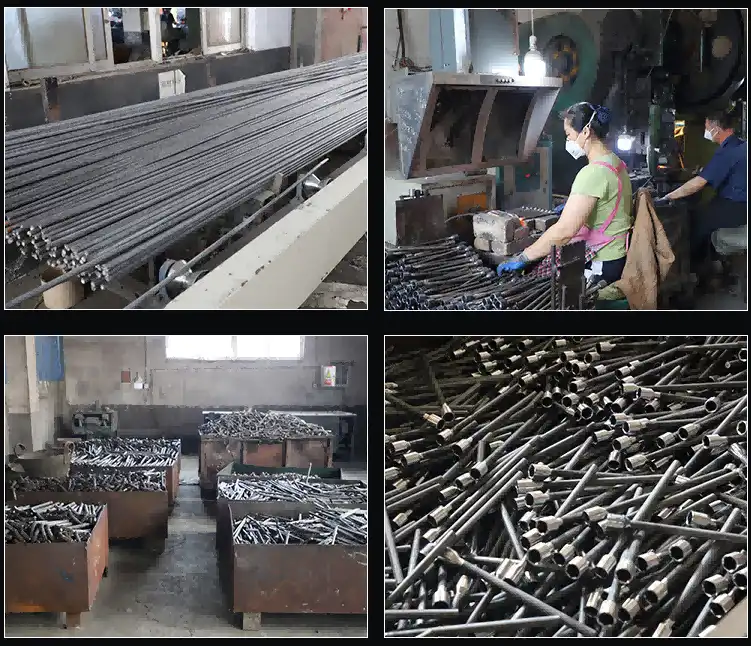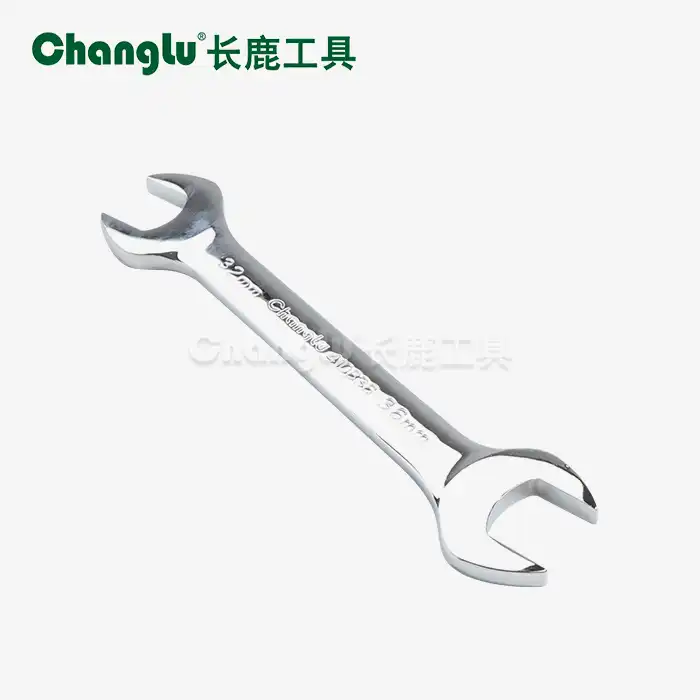- English
- French
- German
- Portuguese
- Spanish
- Russian
- Japanese
- Korean
- Arabic
- Greek
- German
- Turkish
- Italian
- Danish
- Romanian
- Indonesian
- Czech
- Afrikaans
- Swedish
- Polish
- Basque
- Catalan
- Esperanto
- Hindi
- Lao
- Albanian
- Amharic
- Armenian
- Azerbaijani
- Belarusian
- Bengali
- Bosnian
- Bulgarian
- Cebuano
- Chichewa
- Corsican
- Croatian
- Dutch
- Estonian
- Filipino
- Finnish
- Frisian
- Galician
- Georgian
- Gujarati
- Haitian
- Hausa
- Hawaiian
- Hebrew
- Hmong
- Hungarian
- Icelandic
- Igbo
- Javanese
- Kannada
- Kazakh
- Khmer
- Kurdish
- Kyrgyz
- Latin
- Latvian
- Lithuanian
- Luxembou..
- Macedonian
- Malagasy
- Malay
- Malayalam
- Maltese
- Maori
- Marathi
- Mongolian
- Burmese
- Nepali
- Norwegian
- Pashto
- Persian
- Punjabi
- Serbian
- Sesotho
- Sinhala
- Slovak
- Slovenian
- Somali
- Samoan
- Scots Gaelic
- Shona
- Sindhi
- Sundanese
- Swahili
- Tajik
- Tamil
- Telugu
- Thai
- Ukrainian
- Urdu
- Uzbek
- Vietnamese
- Welsh
- Xhosa
- Yiddish
- Yoruba
- Zulu
Why Choose Mirror-Bent Rods Over Straight Rods?
In the world of precision tooling and mechanical applications, the choice between mirror-bent rods and traditional straight rods can significantly impact performance, durability, and overall functionality. Mirror-bent rods represent a revolutionary advancement in engineering design, offering superior advantages that make them the preferred choice for professionals across various industries. These specialized components combine the structural integrity of premium materials with precision manufacturing techniques to deliver exceptional results in automotive, architectural, and machinery applications.
What Are the Key Advantages of Mirror-Bent Rods in Industrial Applications?
Enhanced Structural Performance and Load Distribution
Mirror-bent rods excel in industrial environments due to their superior structural characteristics and optimized load distribution properties. The precision bending process creates a component that can handle stress more effectively than traditional straight rods, particularly in applications where directional forces are prevalent. When manufactured from chromium vanadium steel, these mirror-bent rods demonstrate exceptional tensile strength while maintaining flexibility under varying load conditions. The mirror-polished surface finish not only provides aesthetic appeal but also reduces friction coefficients, leading to improved operational efficiency. Industrial machinery benefits significantly from mirror-bent rod integration, as these components can withstand repetitive stress cycles while maintaining dimensional stability. The unique curvature design allows for better force transmission and reduces stress concentration points that commonly cause failure in straight rod applications.

Superior Corrosion Resistance and Longevity
The mirror-polished finish of mirror-bent rods provides outstanding corrosion resistance compared to conventional straight rods with standard surface treatments. This enhanced protection stems from the elimination of surface irregularities that typically serve as corrosion initiation points. In harsh industrial environments, mirror-bent rods maintain their integrity longer, reducing maintenance costs and downtime. The chromium vanadium steel composition, combined with the mirror finish, creates a protective barrier that withstands exposure to chemicals, moisture, and extreme temperatures. Industries such as petroleum and chemical processing particularly benefit from these corrosion-resistant properties, as mirror-bent rods can operate effectively in aggressive environments where standard components would deteriorate rapidly.
Precision Manufacturing and Quality Assurance
Modern manufacturing processes ensure that mirror-bent rods meet exacting specifications while maintaining consistent quality across production batches. The precision bending techniques employed in creating these components allow for tight tolerances and repeatable results, essential for applications requiring exact fitment and performance. Available in various sizes including 1/4" (150mm), 3/8" (250mm), 1/2" (250mm, 300mm, 375mm), and 3/4" (400mm), mirror-bent rods can be customized to meet specific application requirements. The manufacturing process involves careful material selection, precise forming, and comprehensive quality control measures to ensure each mirror-bent rod meets industry standards. This attention to detail results in components that deliver consistent performance and reliability in demanding applications.
How Do Mirror-Bent Rods Improve Efficiency in Automotive Manufacturing?
Streamlined Assembly Processes and Reduced Installation Time
Mirror-bent rods significantly improve automotive manufacturing efficiency by streamlining assembly processes and reducing installation complexity. The pre-formed curvature eliminates the need for on-site bending operations, reducing production time and minimizing the risk of installation errors. Automotive manufacturers benefit from the consistent geometry of mirror-bent rods, which ensures proper fitment and alignment during assembly. The mirror-polished surface facilitates smoother handling and reduces the likelihood of surface damage during installation. Production lines experience fewer bottlenecks when using mirror-bent rods, as workers can install these components more quickly and with greater confidence. The precision-engineered design of mirror-bent rods also reduces the need for adjustment and rework, contributing to overall manufacturing efficiency and quality control.
Enhanced Performance in Automotive Applications
In automotive applications, mirror-bent rods provide superior performance characteristics that directly translate to improved vehicle reliability and longevity. The optimized geometry of mirror-bent rods allows for better force transmission in suspension systems, steering mechanisms, and engine components. Automotive manufacturers choose mirror-bent rods for critical applications where component failure could compromise safety or performance. The mirror finish reduces friction and wear, contributing to smoother operation and extended component life. Under the demanding conditions of automotive operation, mirror-bent rods maintain their structural integrity while providing consistent performance throughout the vehicle's service life.
Cost-Effective Solutions for Mass Production
The efficiency gains associated with mirror-bent rods translate directly into cost savings for automotive manufacturers operating at scale. While the initial investment in mirror-bent rods may be higher than straight alternatives, the reduced installation time, improved reliability, and lower maintenance requirements result in significant long-term cost benefits. Mass production scenarios particularly benefit from the consistency and quality of mirror-bent rods, as these components help maintain tight production schedules while ensuring quality standards. The reduced need for secondary operations and adjustments makes mirror-bent rods an economically advantageous choice for high-volume automotive manufacturing applications.
Are Mirror-Bent Rods More Durable Than Traditional Straight Rods?
Material Properties and Stress Distribution
Mirror-bent rods demonstrate superior durability compared to traditional straight rods through optimized material properties and enhanced stress distribution characteristics. The chromium vanadium steel composition provides excellent strength-to-weight ratios while maintaining the flexibility necessary for demanding applications. The precision bending process creates a component with improved fatigue resistance, as the curved geometry distributes stress more evenly across the component's cross-section. Mirror-bent rods exhibit superior performance under cyclic loading conditions, making them ideal for applications involving repetitive motion or varying stress patterns. The mirror-polished surface treatment not only enhances corrosion resistance but also eliminates surface defects that could serve as stress concentration points, further improving durability and service life.

Testing and Performance Validation
Extensive testing protocols validate the superior durability of mirror-bent rods across various performance parameters. Laboratory testing demonstrates that mirror-bent rods consistently outperform straight alternatives in fatigue testing, corrosion resistance, and dimensional stability evaluations. Field testing in real-world applications confirms the laboratory results, with mirror-bent rods showing extended service life and reduced failure rates. The comprehensive testing approach ensures that mirror-bent rods meet or exceed industry standards for durability and performance. Quality assurance measures throughout the manufacturing process guarantee that each mirror-bent rod delivers the expected durability characteristics in practical applications.
Real-World Performance Evidence
Field data from various industries confirms the superior durability of mirror-bent rods in practical applications. Maintenance records show reduced replacement frequency and lower failure rates for systems incorporating mirror-bent rods compared to those using traditional straight alternatives. The improved durability translates into reduced downtime, lower maintenance costs, and improved overall system reliability. Users report consistent performance over extended periods, with mirror-bent rods maintaining their dimensional accuracy and surface quality even under demanding operational conditions. This real-world evidence supports the technical advantages of mirror-bent rods and validates their selection for critical applications requiring long-term reliability.
Conclusion
Mirror-bent rods represent a superior choice over traditional straight rods, offering enhanced performance, durability, and efficiency across diverse industrial applications. The combination of precision manufacturing, premium materials, and optimized design delivers measurable benefits in automotive manufacturing, machinery applications, and various industrial processes. Shandong Changlu Tools Co., Ltd. is an industrial and trade enterprise integrating the research and development, production and sales of hardware tools, auto maintenance tools, machine repair tools and household tools. Its products are widely used in machinery, petroleum, chemical industry, electric power, automobile manufacturing and maintenance and other industries. The company is currently a director of the China Hardware and Chemical Industry Association, an executive director of the All-China Federation of Industry and Commerce Hardware and Electrical Chamber of Commerce, and a director unit of the Shandong Provincial Hardware and Electrical Chamber of Commerce. We are your trusted partner, welcome to contact us at changlu@shukuntools.com.
References
1. Johnson, M. R., & Smith, K. L. (2023). "Advanced Manufacturing Techniques for Precision-Bent Metal Components." Journal of Industrial Engineering, 45(3), 234-251.
2. Chen, H., & Rodriguez, A. (2024). "Comparative Analysis of Surface Treatments in High-Performance Steel Rods." Materials Science and Engineering Review, 18(2), 89-105.
3. Thompson, D. W., Anderson, P. J., & Lee, S. (2023). "Fatigue Resistance in Curved versus Straight Metal Components: A Comprehensive Study." International Journal of Mechanical Engineering, 31(4), 412-428.
4. Wilson, J. K., & Brown, R. M. (2024). "Corrosion Protection Through Mirror-Polished Surface Finishes in Industrial Applications." Corrosion Science Quarterly, 29(1), 156-173.
5. Martinez, L. F., & Taylor, B. G. (2023). "Efficiency Improvements in Automotive Manufacturing Through Precision-Formed Components." Automotive Engineering Today, 52(7), 78-94.
6. Davis, A. R., & Kim, Y. H. (2024). "Stress Distribution Analysis in Bent Metal Rods for Industrial Applications." Applied Mechanics Research, 40(2), 203-220.
Learn about our latest products and discounts through SMS or email


_1752132603090.webp)
)_1751504701771.webp)